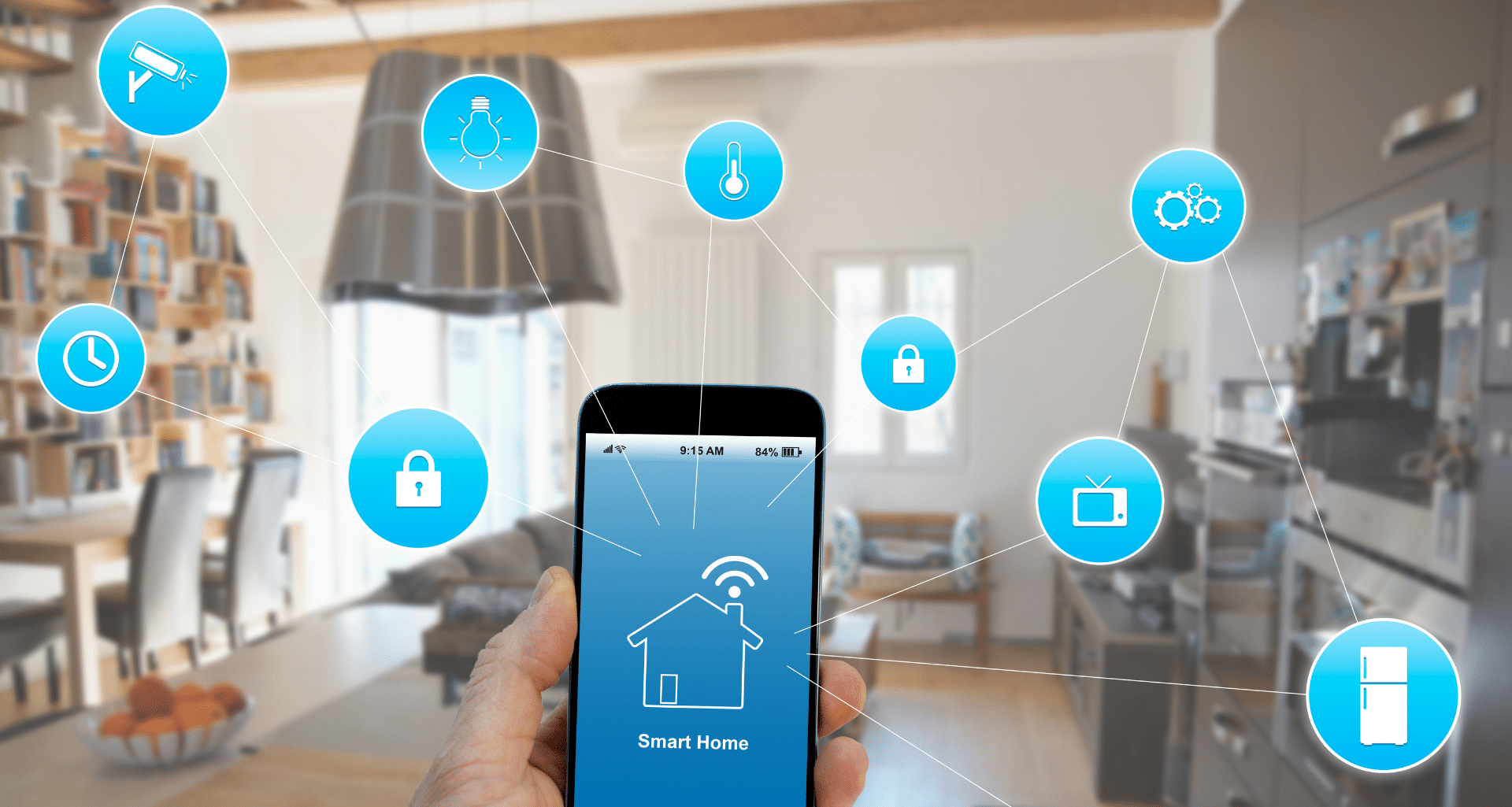It doesn’t take long to realize it’s going to be one of those days.
You drag yourself out of bed, bleary-eyed after a bad night’s sleep in a stuffy, overheated room. Desperately in need of a caffeine jolt, you then discover that you’re out of coffee. You turn on the TV but are too harried to take in the morning news. Rushing out of the house, late, you suddenly can’t find your keys. A mad, time-wasting search ensues before you drive off to work, finally. Then, stuck in traffic, your mind begins to fret: Did you turn off the TV? Turn out the lights? Water the plants? Lock the door?
Now, imagine the same morning routine in a home enabled by the Internet of Everything(IoE), the explosion in connectivity that is transforming the world as we know it.
You wake up rested, since the temperature, air quality, and lighting in your bedroom have been carefully synchronized to your sleep patterns. You tap your smartphone to start up the coffee machine and turn on some light morning music. During a short but vigorous pre-breakfast workout, the temperature in your home gym drops automatically. Later, a sensor tells you exactly where you left your car keys the night before, just as a separate prompt informs you that the plants are fine — except for the thirsty hibiscus, which you water on your way out.
You don’t need to lock the house or turn off the appliances; a proximity sensor detects when you leave the house, locks and shuts off everything, and then sends an alert message to your car’s central screen. There’s no traffic, because your (connected) car is managed through the best routes — and finding a (connected) parking space is a breeze. During the morning meeting, the refrigerator tweets from home: milk and coffee are low. Not to worry — it has automatically ordered fresh cartons of your favorite brands from the local retailer.


